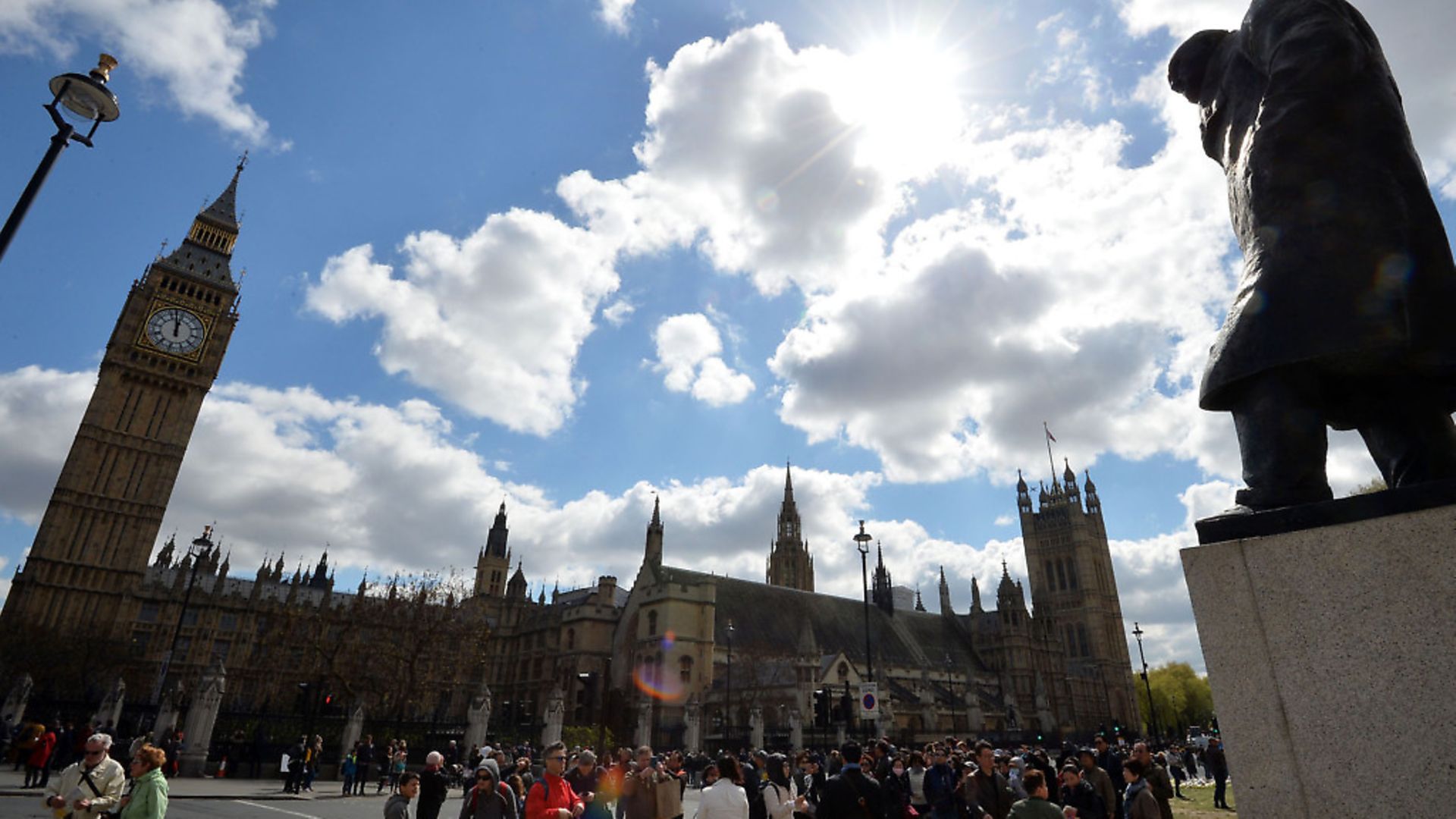
Theresa May has announced her intention to hold a snap general election to strengthen her hand going into the Brexit negotiations.
• What happens now?
The Prime Minister will table a Commons motion calling for an election to be held on Thursday June 8.
Under the terms of the Fixed Term Parliaments Act, she needs a two-thirds majority if she wants to go to the country before 2020, but with both Labour and Liberal Democrats saying they will support the motion, this should be a formality.
• What comes after that?
After a short ‘wash-up’ period to clear up outstanding legislation, Parliament will be dissolved on Wednesday May 3, allowing 25 working days before voters go to the polling booths on June 8.
• Didn’t the PM say she wouldn’t do this?
She certainly did, on several occasions including a BBC interview with Andrew Marr in September 2016, in which she said: ‘I’m not going to be calling a snap election. I’ve been very clear that I think we need that period of time, that stability, to be able to deal with the issues that the country is facing and have that election in 2020.’
• Why the change of heart?
May says that the experience of other political parties ‘playing games’ over the triggering of Article 50 made her concerned that they would jeopardise the success of Brexit negotiations by threatening to block the deal she eventually achieves in Brussels. But opponents accused her of cynically seeking to capitalise on favourable opinion polls to seek an increase to her slender 17-seat majority.
• How are the polls looking then?
No prime minister in modern polling history has gone into a general election with such a commanding lead in the polls as Theresa May, whose Tories have registered advantages of as many as 21 points over Labour in recent days, on 44% to 23% for Jeremy Corbyn’s party. Labour has never in its post-war history been at such a low ebb in the polls 51 days before an election.
• What might that mean in terms of seats?
It is of course impossible to be certain of how polling support will translate into seats, particularly in a contest which is likely to be dominated by the debate over Brexit, which might outweigh party loyalties for many voters. However, a Press Association projection based on an average of recent polls suggests that Conservatives could gain 56 seats, leaving Mrs May with a comfortable Commons majority of 124 seats. If the findings of recent polls are borne out, Labour could lose 59 seats and be left with just 173 MPs – the party’s lowest tally since 1935.
• How much of an impact will Brexit have?
That is the big question mark hanging over the election. The UK split 52%-48% in favour of Leaving the EU in 2016, but there is little polling evidence of this division carrying over into party politics, with Ukip support declining since the referendum and the strongly pro-EU Liberal Democrats struggling to make significant inroads in the polls. May will argue that a strong Tory victory is needed to give her a mandate for Brexit talks. Lib Dems will argue that votes for them represent the best chance of stopping a so-called ‘Hard Brexit’ and keeping the UK in the single market. Ukip will say that they need a strong showing to stop May from backsliding. Labour risk being caught in the middle.
Warning: Illegal string offset 'link_id' in /mnt/storage/stage/www/wp-includes/bookmark.php on line 357
Notice: Trying to get property 'link_id' of non-object in /mnt/storage/stage/www/wp-includes/bookmark.php on line 37






